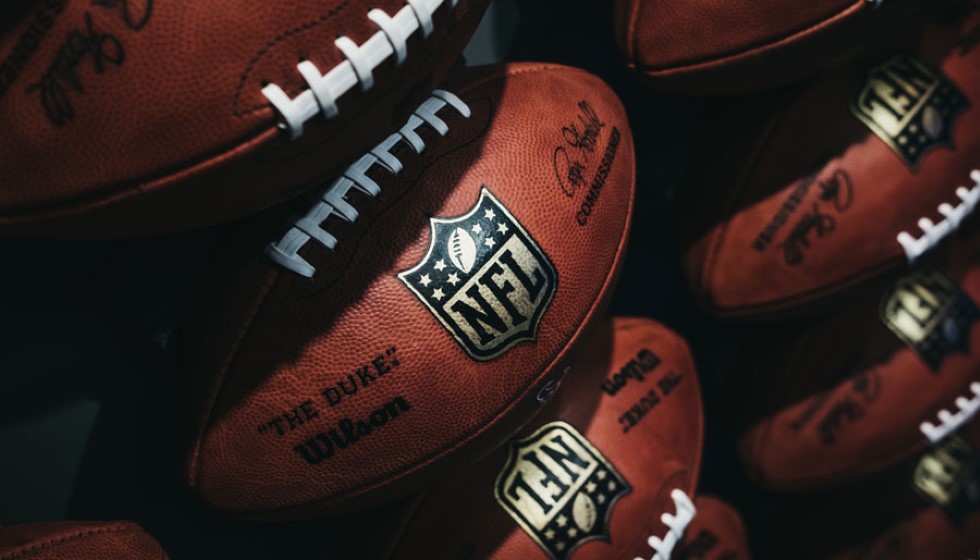
Injuries are an inevitable part of the NFL landscape, and this preseason has been particularly unforgiving for all 32 teams. Multiple key players have sustained significant injuries, forcing adjustments and recalibration for the upcoming season.
A Grim Start for Several Talents
The Atlanta Falcons have faced a significant setback with Moore's injury. Moore, traded to Atlanta this offseason, suffered a season-ending knee injury earlier this month. His departure from the practice field, marked by an air cast on his right leg and immediate transport to a local medical facility, underscores the severity of the situation. Unfortunately, Moore is not expected to return until 2025.
Adding to Atlanta's woes, Trice, the Falcons' No. 74 overall pick, tore his ACL in his first preseason game. His timeline for recovery also extends to 2025, leaving the team without two of their crucial players for the entire season.
Widespread Setbacks Across Teams
Injuries have not been kind to the Falcons alone. Evans, another player with significant expectations, will miss the entire regular season due to a torn patellar tendon. Like Moore and Trice, Evans is expected to be out until 2025.
The list doesn't end here. Williams, who tore his ACL during training camp, shares a similar fate, with his return slated for 2025. McCarthy’s torn meniscus has also ruled him out until then, emphasizing the extent of disruptions across the league.
For the Miami Dolphins, the loss of Milano due to a torn biceps is substantial. Milano is expected to sit out the majority of the season, with a possible return optimistically set for December. Herbig’s torn rotator cuff injury places him on a similar timeline, sidelined until December.
Hope Amidst the Adversity
Not all injury reports spell year-long absences. Curtis Samuel is considered "week to week" with turf toe and is expected to be back by Week 2. Meanwhile, MVS sustained a neck sprain during a preseason Week 2 victory over the Pittsburgh Steelers, with a likely return by Week 3.
Dane Jackson’s significant hamstring injury and Brooks' torn ACL are grave concerns; however, they're expected to rejoin the field by Week 4. The Bengals' first-round pick, having sustained a strained pectoral muscle in their first preseason game, is anticipated to be ready by Week 2.
Nick Chubb, who has been grappling with knee injuries since last season, remains on PUP (Physically Unable to Perform) since Week 17. His multiple surgeries have pushed his potential return to somewhere between Week 5 and Week 8, adding to the Browns' list of challenges.
One of Tennessee's main concerns has been their No. 1 wideout and reigning Offensive Rookie of the Year. Both are aiming for returns by Week 1 after suffering knee injuries in early August. This provides a ray of hope for the team's offensive setup.
The Lions can breathe a sigh of relief as their second-year running back, though having sustained a hamstring injury this month, is "not expected to be a serious issue." His return is eagerly awaited by the team's fans.
Strategic Adjustments and the Road Ahead
Phillips, who suffered a torn Achilles, was activated off the PUP list last week and is expected back by Week 1. Warren, too, seems to be on track for a return by Week 1 after being sidelined in a preseason game against the Bills due to a hamstring injury.
Dave Canales remains optimistic about Brooks' return, stating, "Week 3 or Week 4 would be 'great' for Brooks' return." This glimpse of optimism amidst the slew of injuries offers a semblance of positivity as teams brace for the regular season.
As preseason injuries continue to disrupt evaluations and preparations, coaches and staff are undeniably in a constant state of adaptation. The ability to seamlessly integrate backups and manage player recoveries will be critical. While some players are on the road to recovery, the loss of others for extended periods cannot be overlooked.
With the regular season fast approaching, every team will be keenly watching their injured lists, hoping for swift recoveries and strategizing to mitigate the impact of these significant setbacks. The evolving dynamics underscore the unpredictable nature of football and the resilience required to navigate its challenges.